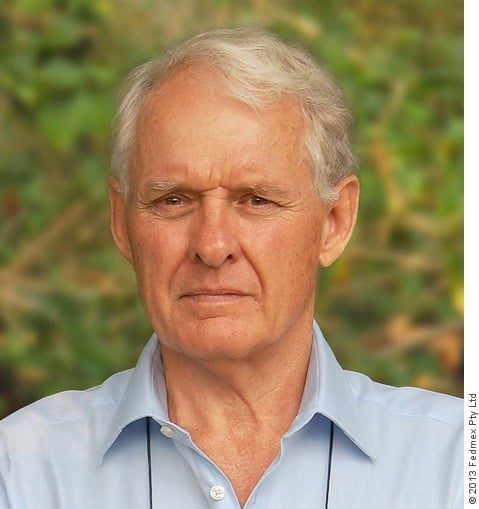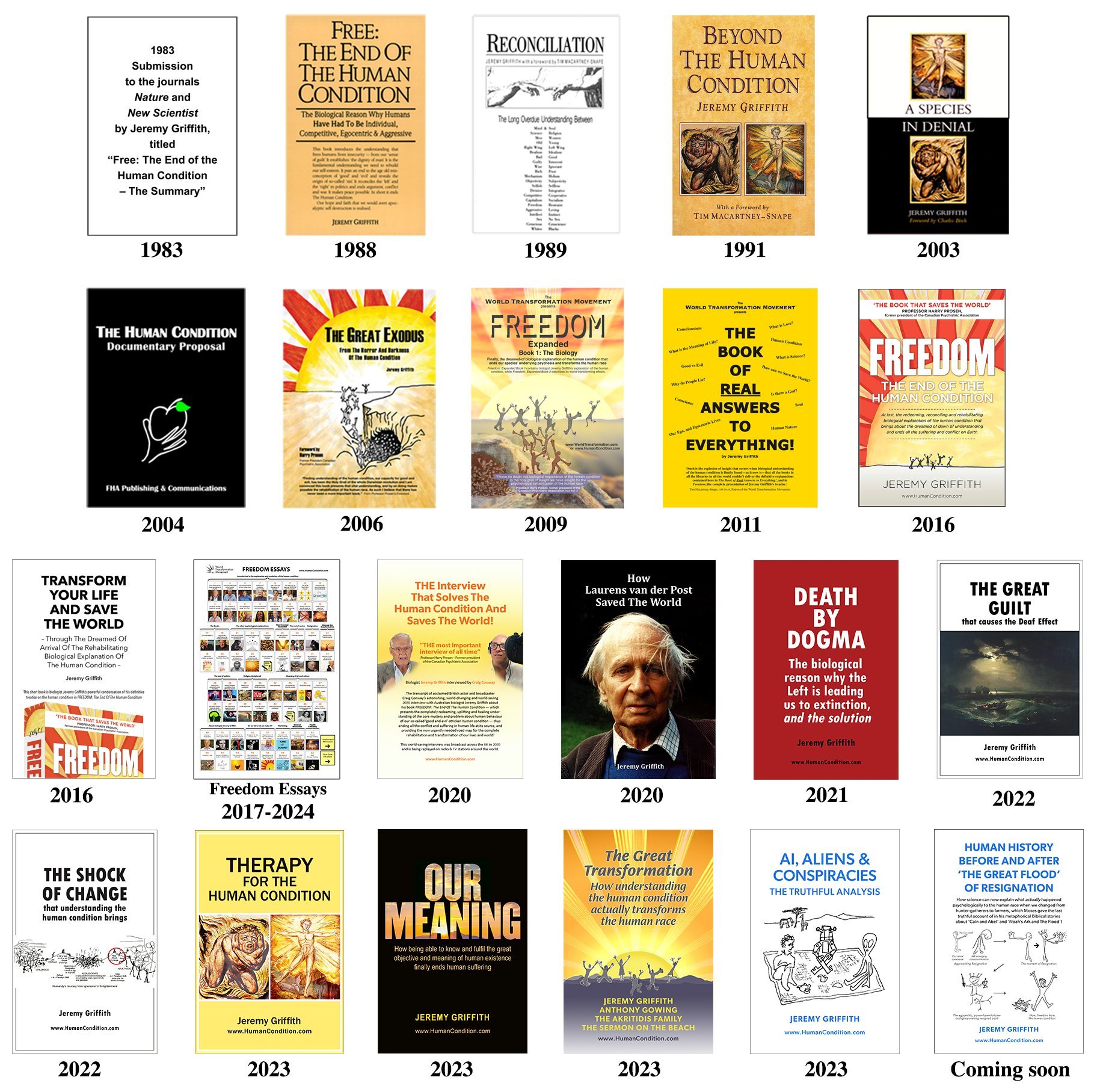Jeremy Griffith

Jeremy Griffith, Australian biologist and author
Jeremy Griffith (b. 1945) is an Australian biologist who has dedicated his life to bringing fully accountable, biological understanding to the dilemma of the human condition — the underlying issue in all human life of our species’ extraordinary capacity for what has been called ‘good’ and ‘evil’.
Raised on a sheep station, Jeremy was educated at Australia’s Geelong Grammar School, before completing his Bachelor of Science degree in Zoology at the University of Sydney.
Jeremy has written many books and publications, including the Australasian bestseller, A Species In Denial.
A personal note from Pete Sadler
I was fortunate enough to meet Jeremy when he launched his book, Beyond The Human Condition, in New Zealand, in 1992 and then again in 1995 when my wife Mary and I showed Jeremy around some of New Zealand’s natural sights. While Jeremy’s biological insights on the human condition have always been my primary interest in his work, Jeremy’s love of nature has also been of great comfort to me. His determined efforts to save the now believed extinct Tasmanian Tiger (thylacine) showed his deep dedication and love of our natural world. You can read about that remarkable search here.

Jeremy Griffith's article in the American Museum of Natural History Journal
Resistance to the ground-breaking work of Jeremy Griffith and the WTM
By definition all new ideas threaten the status quo and are therefore typically resisted. However, no new idea is as revolutionising and thus threatening of the status quo as analysis and explanation of the human condition. This is because the status quo, or prevailing attitude, has been to cope with the until now unexplained and thus unbearably depressing issue of our species’ seemingly horribly flawed, even ‘corrupted’ or ‘fallen’, ‘good and evil’-stricken human condition by living in almost complete denial of it. It follows that Jeremy Griffith’s explanation of the human condition will meet resistance and where that has occurred it has been strongly countered with rectifying clarification, which you can read about here.

